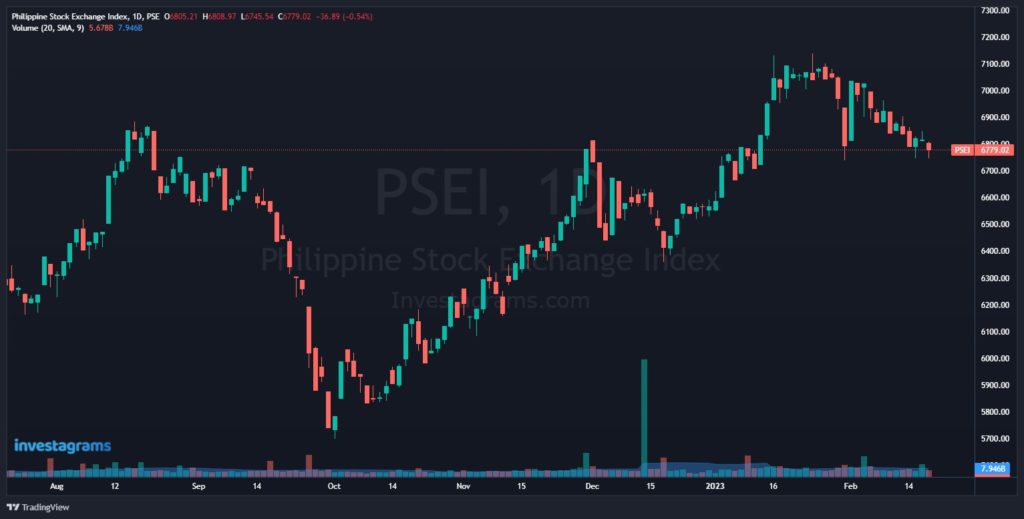Index methodology refers to the criteria and methods for selecting and maintaining a stock market index. It defines which stocks are included, how they are weighted, and how frequently the index is rebalanced. This involves adjusting the composition and weighting of the index to reflect changes in the market. Hence, index methodology includes new stocks being listed, delisted, or changes in the relative size of reserves.
However, before learning about the methodology used to construct an Index, we must first understand what an Index is.
What is an Index?

A stock market index (also called indices) measures the performance of a set of stocks chosen to represent a specific market or industry. An index is typically calculated by combining the prices of the different individual stocks using a specified formula or technique. The methodology used to calculate an index varies depending on the specific index and its intended purpose.
The three most popular indexes in the U.S. are the Dow Jones, S&P 500, and Nasdaq Composite. Whereas locally, we have the Philippine Stock Exchange Index (also known as the PSEi).
Kinds of Index Methodologies and their repercussions
Index methodology typically involves criteria or rules used to select the stocks that will be included in the index. Some of the most common index methodologies are:
- Market Capitalization Weighting: This index methodology style assigns weights to the stocks in the index based on their market capitalization. This is then calculated by multiplying the stock’s price by the number of outstanding shares. This would also mean that the larger the company, the larger the weight in the index. However, this methodology may result in the index being concentrated in a few large stocks and not accurately representing the overall market.
- Free Float Weighted: This index methodology is in which only the freely tradable shares of each constituent stock are included in the calculation. This index methodology excludes shares that company insiders, governments, or other strategic investors hold. The weight of each stock is then determined by its free-float market capitalization. Repercussions of this index methodology include encouraging investors to focus more on the short term. This is because the short-term market moves to influence the index’s success.
- Mixed Index Methodology: This combines elements of market capitalization and free float weighting. The weight of each constituent stock is based on a combination of its total market capitalization and its free float market capitalization. This methodology seeks to balance the need to accurately reflect the overall market size of each stock while also accounting for the shares that are freely traded. Besides lower liquidity, this index methodology’s repercussions often include its complexity and higher costs. Using multiple weighting schemes can also make it difficult to compare the performance to a single benchmark.
Conclusion
Overall, index methodology is an essential part of the stock market since it decides which stocks are included in key market indexes. These key market indexes are then frequently used as benchmarks for investment portfolio performance and as a measure of the overall market’s health. Each kind of index has advantages and disadvantages. Understanding index methodologies allows investors to make sound decisions that are in line with their financial capabilities and goals.
ACCESS MARKET LEADERS TODAY
Real-time access to our Market Leaders is where you can see all the leading stocks, crypto, forex and other markets in one glance.
This is calculated using Investa’s proprietary ranking system, which utilizes advanced parameters to identify the best stocks to monitor objectively.
GET YOUR ACCESS NOW!

